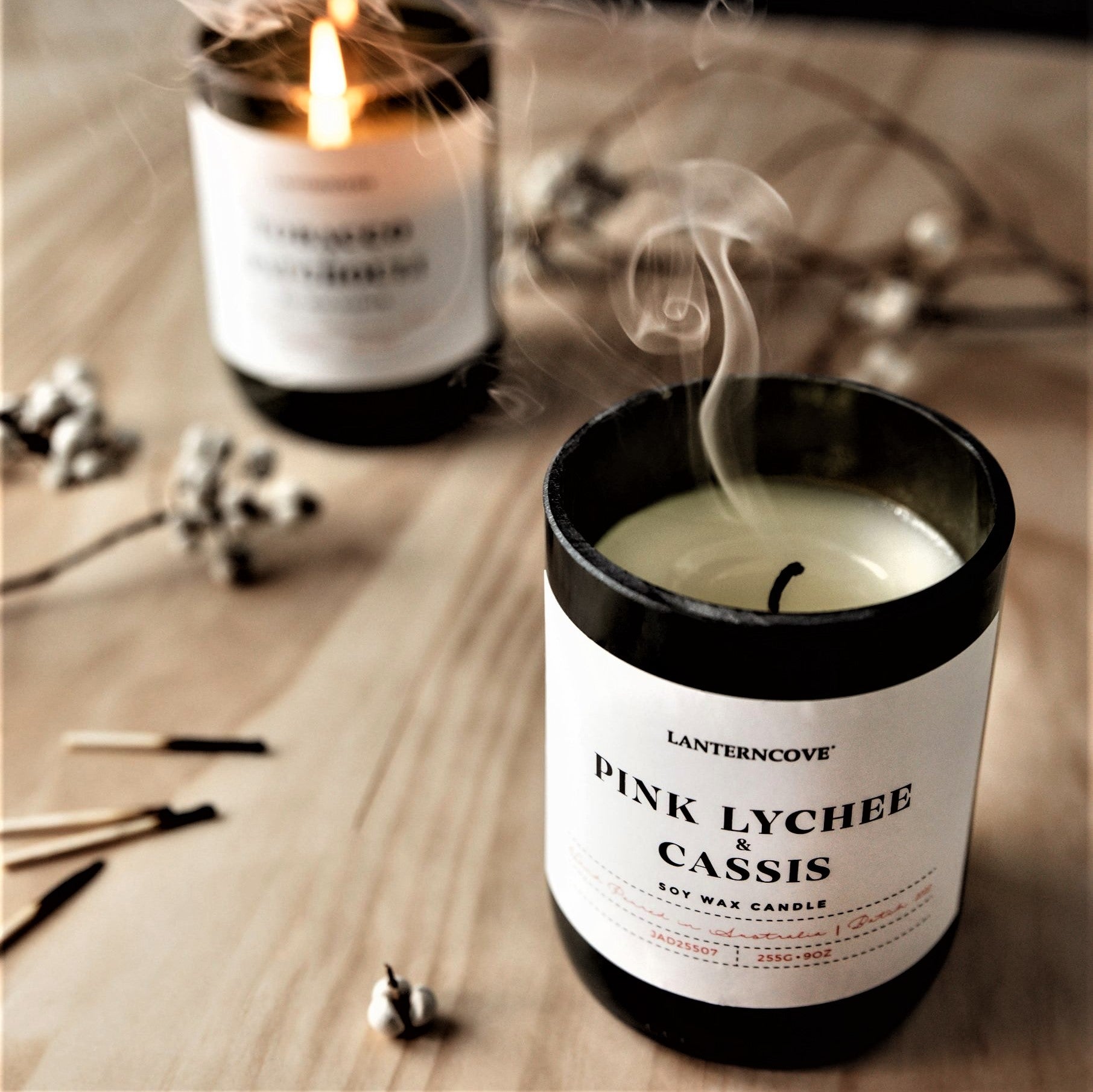From Wick to Wax: Understanding the Chemistry Behind Soy Wax Candles and Their Environmental Effect
As we brighten our spaces with the warm radiance of candles, there lies a realm of elaborate chemistry behind the relatively easy act of lighting a soy wax candle light. Join us as we untangle the scientific details behind soy wax candle lights and explore their ramifications on our environment.
Soy Wax Vs. Paraffin Wax
When contrasting soy wax and paraffin wax for candle production, it is necessary to understand the distinct qualities and advantages of each material. Soy wax is a natural, renewable energy stemmed from soybean oil, making it green and naturally degradable - home fragrance. In comparison, paraffin wax is a result of petroleum refining, which increases problems regarding its environmental influence and sustainability
Soy wax candles shed cleaner and produce less soot compared to paraffin wax candle lights, making them a healthier selection for indoor air high quality. Additionally, soy wax has a reduced melting factor, allowing for a longer-lasting candle light that distributes scent better. Paraffin wax, on the various other hand, often tends to burn faster and much less cleanly, potentially releasing unsafe chemicals into the air.
From a sustainability perspective, soy wax is favored for its biodegradability and renewable sourcing, straightening with the expanding customer preference for eco mindful products. While paraffin wax has actually been a traditional choice in candle light making because of its affordability and simplicity of usage, the shift in the direction of green choices like soy wax is obtaining energy in the market.
Chemical Composition of Soy Wax

Burning Process in Soy Candles
The chemical composition of soy wax straight influences the burning procedure in soy candle lights, influencing elements such as melt time, aroma release, and environmental effect. When a soy candle is lit, the warm from the flame thaws the wax near the wick. This fluid wax is then formulated the wick due to capillary activity. As the liquid wax reaches the flame, it evaporates and undertakes combustion. The burning procedure entails the vaporized hydrocarbons in the wax responding with oxygen in the air to create heat, light, water vapor, and carbon dioxide.
The combustion performance of soy candle lights is affected by the pureness of the soy wax and the high quality of the wick. A clean-burning soy candle with a properly sized wick will certainly produce a stable flame and reduce soot development. This not only expands the burn time of the candle light yet additionally boosts the launch of fragrances. Furthermore, soy wax candle lights have a lower environmental impact contrasted to paraffin candles due to their eco-friendly and naturally degradable nature.

Environmental Benefits of Soy Wax

Thought about a sustainable option to standard paraffin wax, soy wax offers noteworthy ecological advantages that make it a popular option amongst eco-conscious customers. Soy wax burns cleaner and generates less residue than paraffin wax, contributing to much better interior air top quality and reducing the demand for cleaning and upkeep. In general, the environmental benefits of soy wax align with the growing link demand for sustainable and eco-friendly items in the market.
Recycling and Disposal Considerations
Recycling and appropriate disposal of soy wax candle lights play a crucial function in maintaining ecological sustainability and minimizing waste in areas and homes. The initial step is to guarantee that the candle has actually shed completely when it comes to reusing soy wax candle lights. This can be attained by enabling the candle light to burn up until the wick is no longer functional, and afterwards allowing the continuing to be wax cool and solidify. As soon as the wax has strengthened, it can be carefully eliminated from the container.

In terms of disposal, if recycling is not an alternative, soy wax candle lights are eco-friendly and can be securely taken care of in most household waste systems. It is always recommended to examine with neighborhood reusing facilities or waste administration solutions for specific guidelines on candle disposal to make sure appropriate handling and environmental protection.
Conclusion
Finally, the chemistry behind soy wax candles discloses their ecological advantages over paraffin wax candles. Soy wax, originated from soybean oil, burns cleaner and generates less soot when compared to paraffin wax. The burning like this procedure in soy candle lights is much more effective, causing a longer and more even shed. Additionally, soy wax is biodegradable and renewable, from this source making it an extra sustainable option for candle light production. Recycling and correct disposal of soy wax candles further contribute to their ecological impact.
When contrasting soy wax and paraffin wax for candle light making, it is vital to comprehend the unique qualities and benefits of each product (soy wax candles).Soy wax candle lights shed cleaner and release much less soot contrasted to paraffin wax candle lights, making them a healthier choice for interior air high quality.Considered a lasting alternative to typical paraffin wax, soy wax uses significant ecological benefits that make it a preferred option amongst eco-conscious customers. Soy wax burns cleaner and produces less residue than paraffin wax, contributing to much better indoor air top quality and lowering the need for cleaning and maintenance.In final thought, the chemistry behind soy wax candles reveals their ecological advantages over paraffin wax candles